How Did This Big Piece of Furniture Get Up Here? The Fascinating History of Knock-Down Wardrobes
If you’ve ever stood in an old home and wondered, “How did this big piece of furniture get up here?” you might be marveling at a knock-down wardrobe. These intriguing pieces are not only functional but also rich in history, designed to solve a very practical problem faced by many in the past.
What Are Knock-Down Wardrobes?
Knock-down wardrobes, also known as “disassembling wardrobes” or “flat-pack wardrobes,” are large, often ornate pieces of furniture designed to be easily taken apart and reassembled. Unlike modern flat-pack furniture, which we often associate with big-box stores, these wardrobes were handcrafted, solid pieces made to last for generations.
The Origins of Knock-Down Wardrobes
The concept of knock-down furniture dates back to the 19th century, a time of significant social and industrial change. As people began moving more frequently, often across the sea to new continents, the need for portable furniture grew. Traditional wardrobes, which were typically large and cumbersome, posed a significant challenge in these scenarios. They couldn’t easily fit through narrow staircases or doorways in older homes, and transporting them long distances was a logistical nightmare.
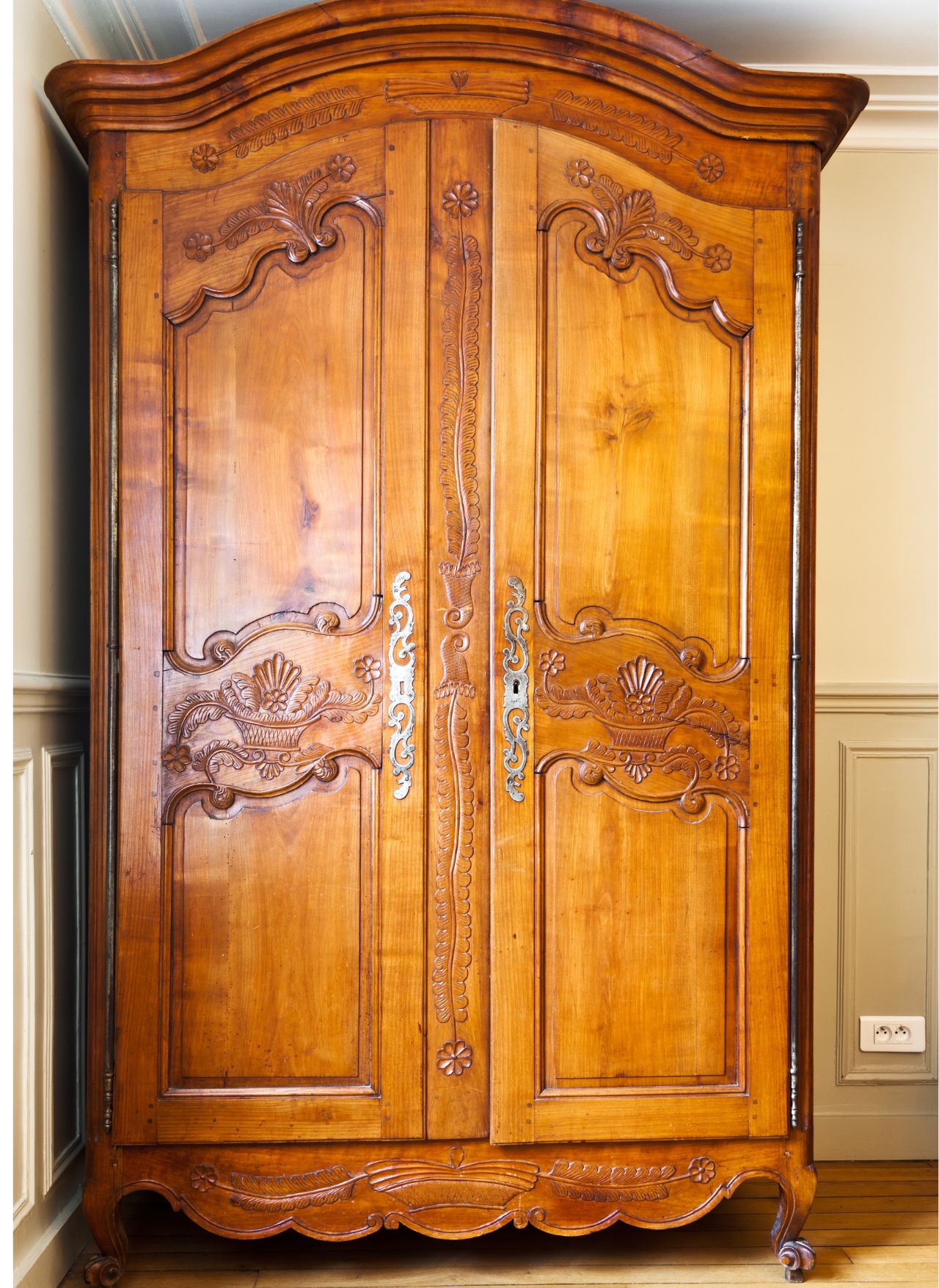

Why Did They Need to Be Disassembled?
Many families emigrating from Europe to America in the 19th and early 20th centuries needed to bring their possessions with them. Knock-down wardrobes could be disassembled for easier packing and transport on ships. Older homes, particularly those built before the 20th century, often featured narrow staircases and doorways. As a result, fully assembled wardrobes simply wouldn’t fit. The ability to take these pieces apart allowed homeowners to move them into upper floors and tight spaces with relative ease.
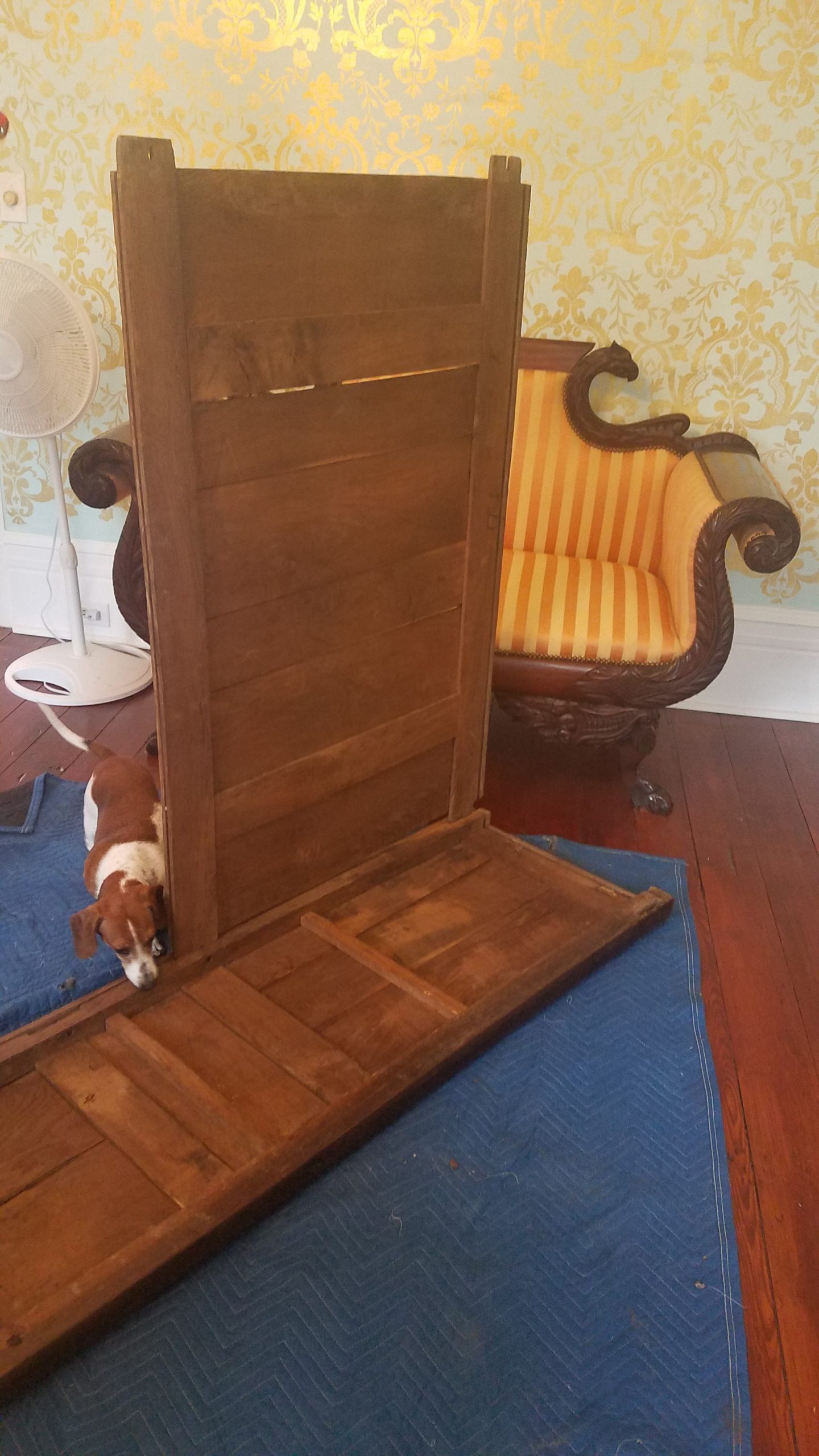
How to Tell if a Wardrobe Knocks Down
Determining if a wardrobe is a knock-down piece can be a bit of a puzzle, but there are some telltale signs. Look for visible joinery, such as pegs, bolts, or other fasteners that can be undone to take the wardrobe apart. Many pieces had pegs that could be tapped out. Check if the panels (sides, back, top, and bottom) appear to be separate pieces that fit together. Additionally, wardrobes from the 19th and early 20th centuries, especially those with a European origin, are more likely to be knock-down pieces.
Fun Fact
Did you know that knock-down wardrobes were a precursor to the modern flat-pack furniture we see today? While today’s versions prioritize cost and convenience, knock-down wardrobes were about solving practical problems without sacrificing craftsmanship and durability.
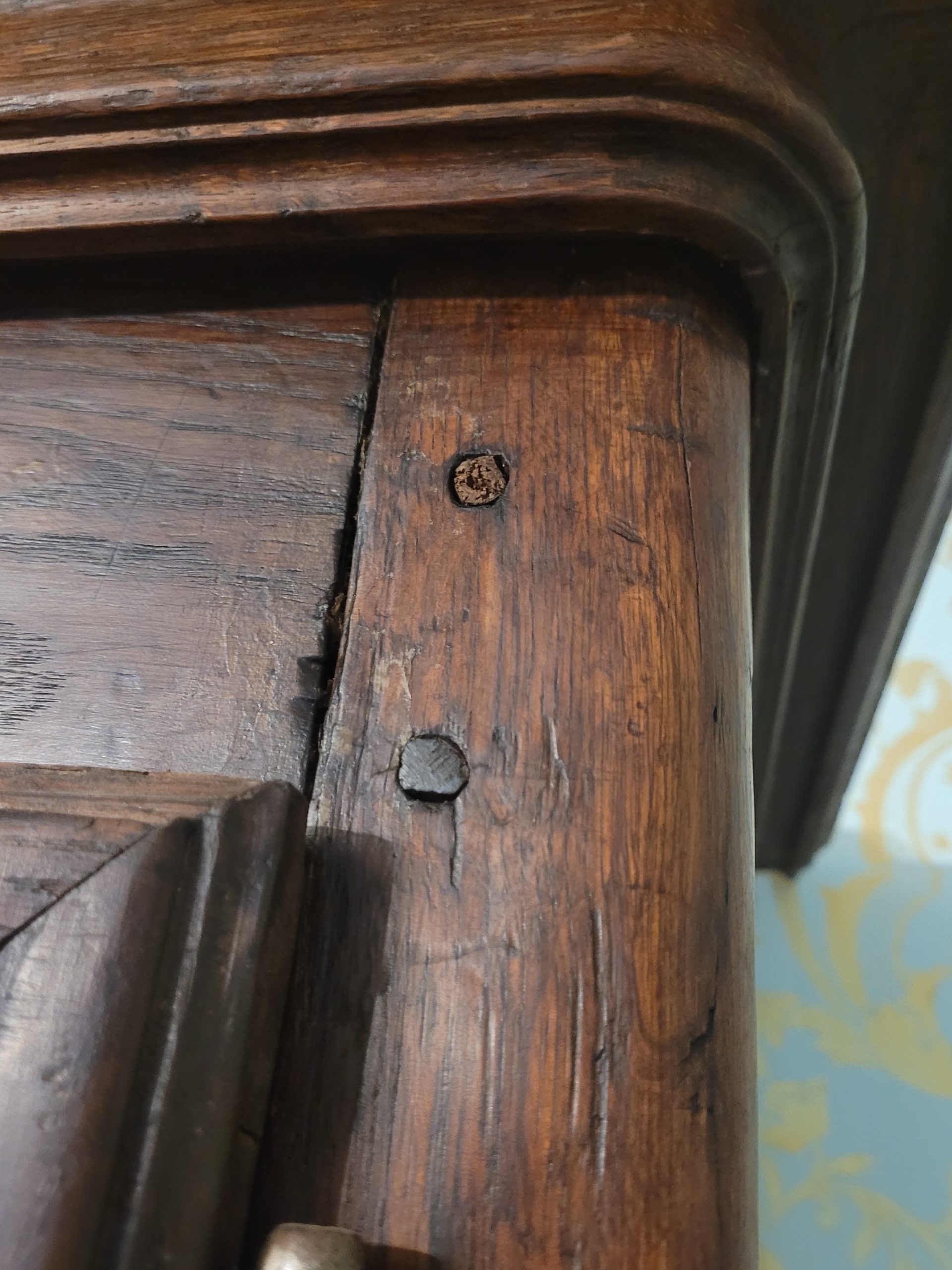

Value Range for Knock-Down Wardrobes
The value of a knock-down wardrobe can vary widely based on factors such as age, condition, craftsmanship, and style. Late 19th-century Victorian wardrobes typically range from $800 to $3,000. Early 20th-century Arts and Crafts wardrobes can range from $1,200 to $4,000. European antique knock-down wardrobes, such as those from France or Germany, often range from $1,500 to $5,000. More ornate and well-preserved pieces, especially those with a documented history or from renowned makers, can fetch significantly higher prices.
Final Thoughts
Knock-down wardrobes are more than just pieces of furniture; they are ingenious solutions born out of necessity and crafted with precision. These wardrobes tell a story of mobility, adaptability, and the enduring craftsmanship of past generations. Imagine the challenges faced by families moving across the sea or into historic homes with narrow staircases—these wardrobes were designed to overcome those exact hurdles. Whether you’re an antique enthusiast or simply curious about the past, knock-down wardrobes offer a fascinating glimpse into history and serve as beautiful, functional additions to any home. So, the next time you marvel at a grand wardrobe in an upstairs bedroom, you’ll appreciate not just its beauty but the clever engineering that made it possible.
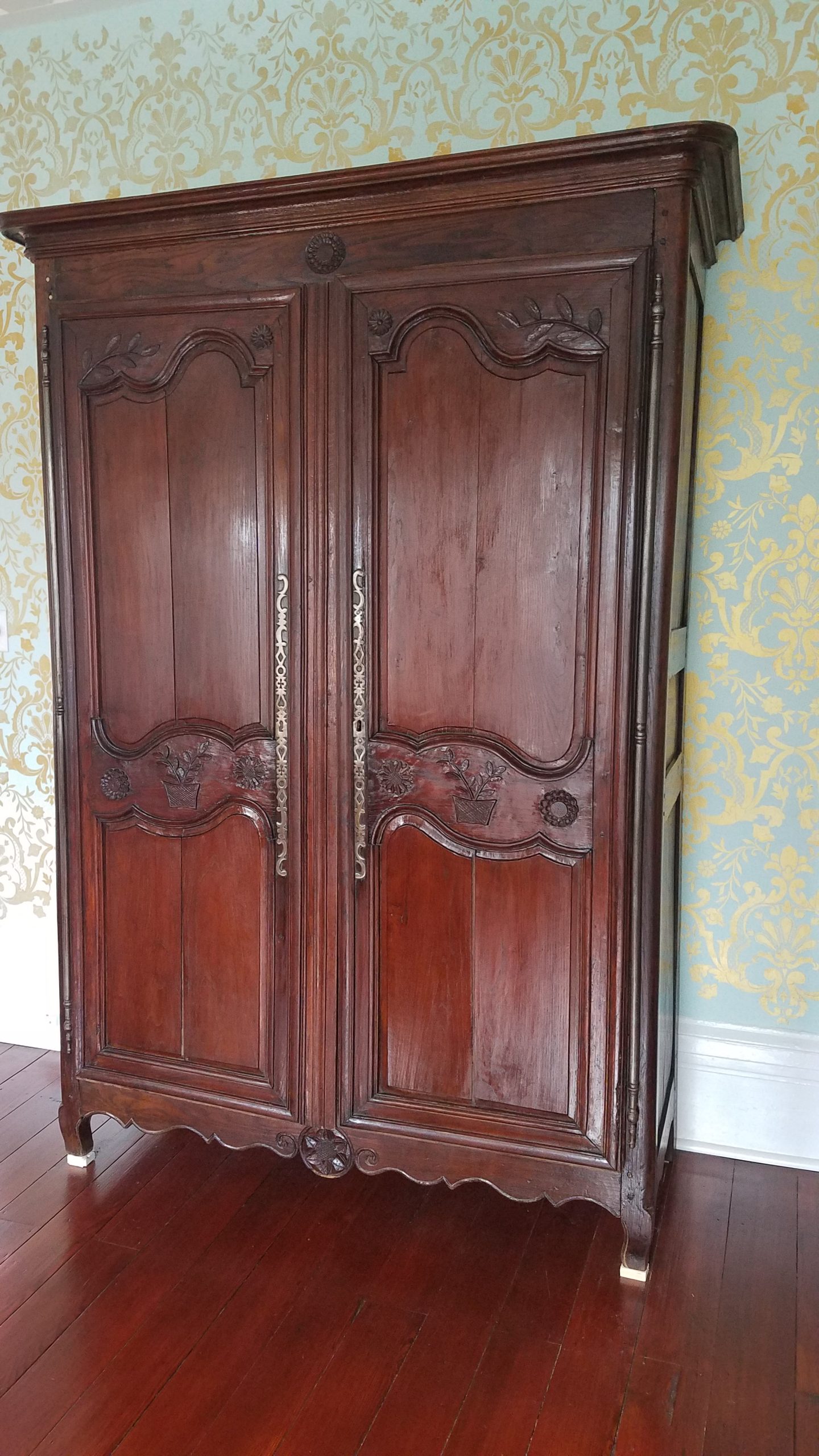
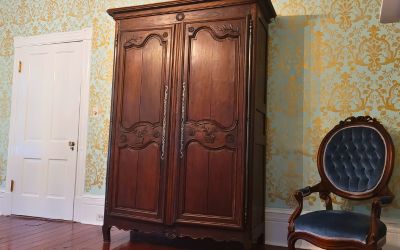
0 Comments